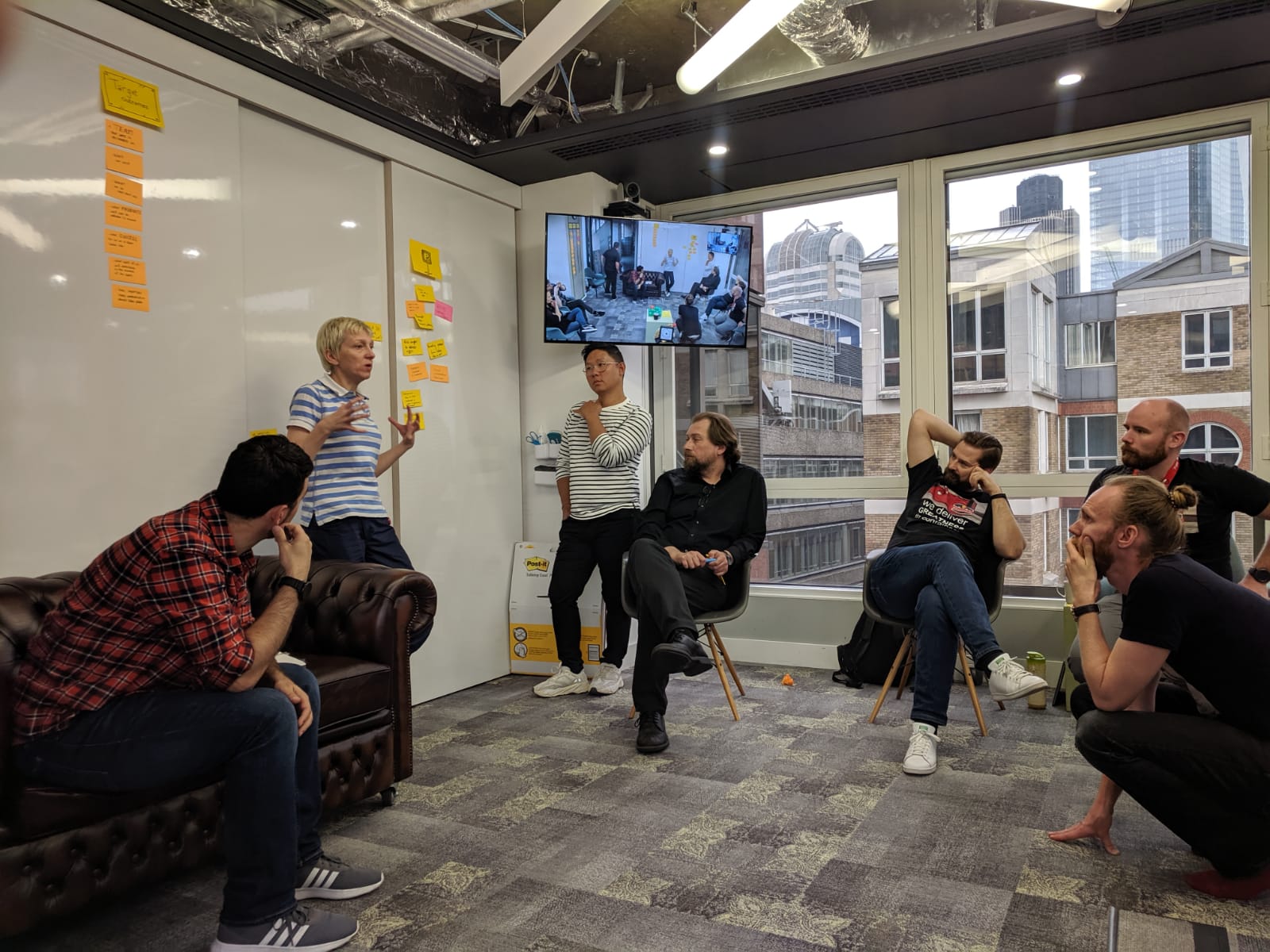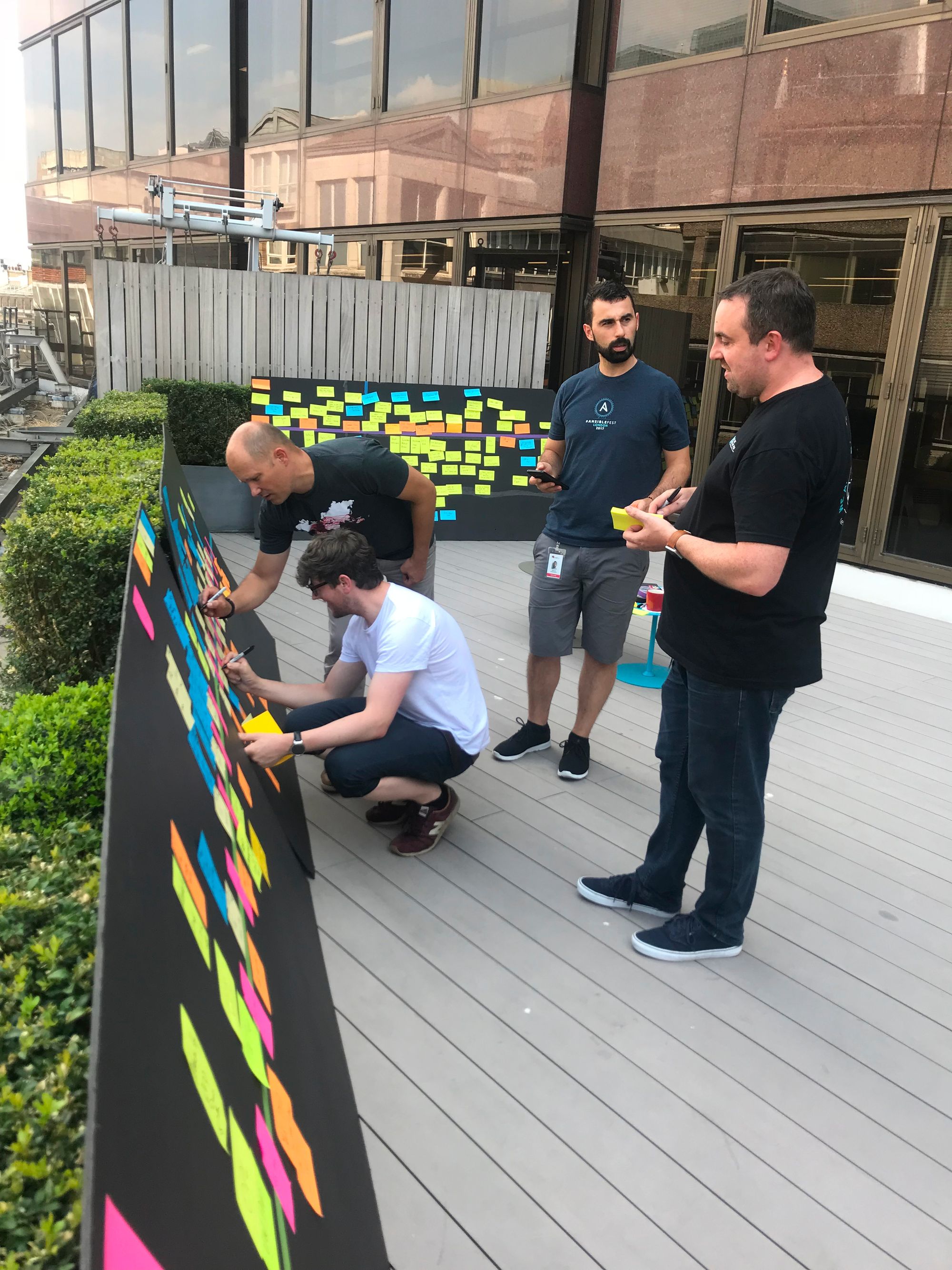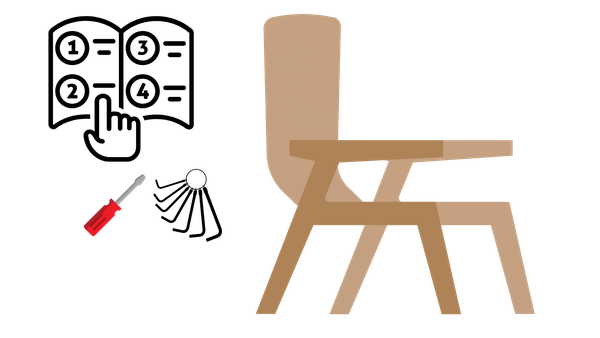Open Space Technology: A Change Mechanism for Teams of All Sizes
Imagine turning the "hallway track" into the main event, that is what Open Space Technology does for an event.

Issue No. 12
As I'm building this newsletter (and a podcast and YouTube channel) in the open, you will get updates on this project from time to time.
I hope this newsletter finds you well. Unfortunately, I'm writing this week's episode in a time crunch today! (A sure sign of a good weekend).
This week's newsletter is about Open Space Technology, a way to run a meeting for small groups up to very, very large groups. However, it is much more than that. Open Space Technology is even being used as a mechanism for change in organisations of all sizes.
Last week's newsletter was about matching your change mechanism with the organisational culture you want to create through your change. Or, to put it another way, the means must match the ends.
This week I wanted to share one of the change mechanisms I have stumbled upon, Open Space Technology. This approach is compatible with decentralised, bottom-up organisations.
What is Open Space Technology?
Imagine all your best "hallway track" experiences from conferences or "water cooler" moments in the office bundled into one conference or meeting. That is the best way to describe an Open Space Technology event. It is a format that turns those moments into the main event.
For an event like this, it is worth checking out some videos. Here are a couple of my favourites. This short video explains the concept well, and this longer video gives you a real taste of the experience itself.
Each open space has a theme, task or purpose. The format allows participants to create and manage their agenda, resulting in parallel sessions related to the event's theme.
The results that I have experienced from running events like this are powerful. People feel more connected to each other. Initiatives already happening in the organisation (often under the covers) accelerated. New initiatives get kicked off. Events like this unblock a lot of passion and creativity and, given the right conditions, can move folks from learning to doing, from participation to action.
It works for groups as small as five and up to events with over two thousand people. I've used Open Space Technology with groups of over a hundred people.
My First Experiences with Open Spaces
I first experienced an event based around Open Space Technology in Cameroon. I decided to live there to start a company and startup incubator. One of the things we did was to launch an instance of BarCamp called BarCamp Cameroon in 2009.

This is a picture of the agenda from one of the second BarCamps we ran in Cameroon (this was the second event we ran).
I can distinctly remember the feeling of nervousness before the start of our first BarCamp. Lots of thoughts were rushing through my head.
"will folks come prepared to present?"
"This is not something people are used to in Cameroon. Will it work?"
Of course, all those fears were for nothing. The events we organised were a success and helped a grassroots tech movement that had already started in Cameroon gain momentum.

I dug up this old Flickr album of the same event.
How I use Open Spaces
Since my early experiences with BarCamps, I have used the format at Red Hat for a meeting for over a hundred folks at a leadership breakout, sales kick-off events and the quarterly team meeting for the EMEA Open Innovation Labs team.






Since leaving Red Hat, I have used it for the annual onsite event at Traveldoo, the quarterly Product and Tech all hands at Ocus and the first workshop with my team in my current role at Dashlane.





Open Space Technology has become my preferred format for quarterly team all-hands events. I tend to run a two-day event every quarter for the teams I've been leading. Surprisingly (or not), it works well as a virtual all-hands event.
Open Space Technology and transformation
I've seen so many positive changes emerge in an organisation through Open Spaces. Used well, it is an awesome mechanism for sparking and sustaining change in an organisation.
Interestingly Open Space Technology has started to be used as a tool during organisation transformations. For example, check out Open Space Agility which uses Open Space Technology alongside Agile transformations. Daniel Mezick's Open Space Agility inspired Silke Hermann and Niels Pflaeging. They created Open Space Beta (disclaimer, I proofread the book), which focuses on organisational change.
Creating your own Open Space
Running a free-form event like an Open Space for your next meeting doesn't mean organising your event will take less effort. On the contrary, the best events take almost as much work as a typical meeting of a similar size. The difference is that you do more of the work up front, and the folks attending don't notice the structure. The open space creates a sense of flow you don't experience in a traditional conference, except in the hallway track.
I will write a future post about running an Open Space based on my experiences doing this at three different companies with all sorts of participants from sales and marketing, consultants and product and engineering.
That is all for this week folks, have a great week!
Don't ignore your dreams, don't work too much, say what you think, cultivate friendships, and be happy.



